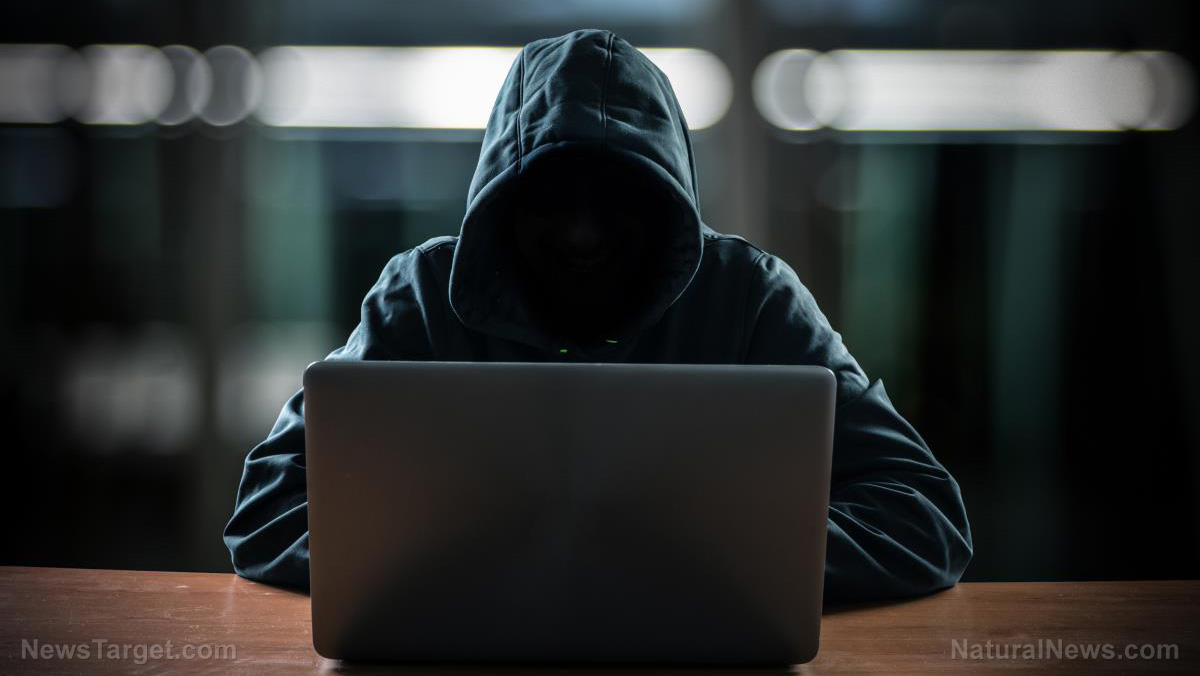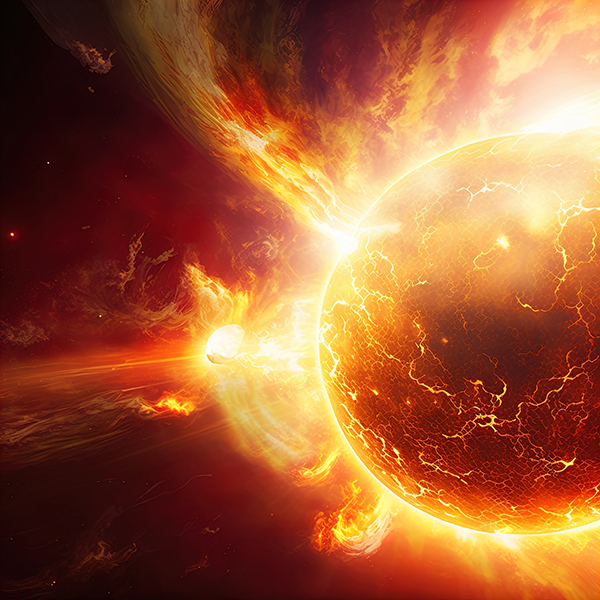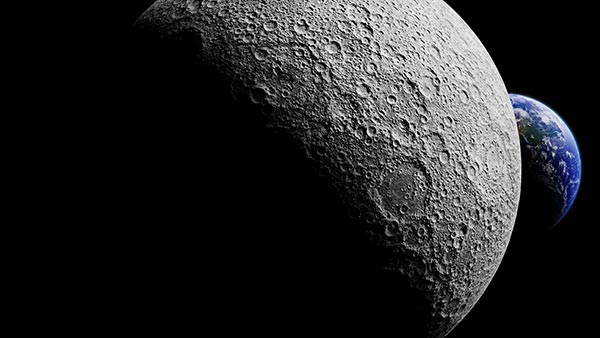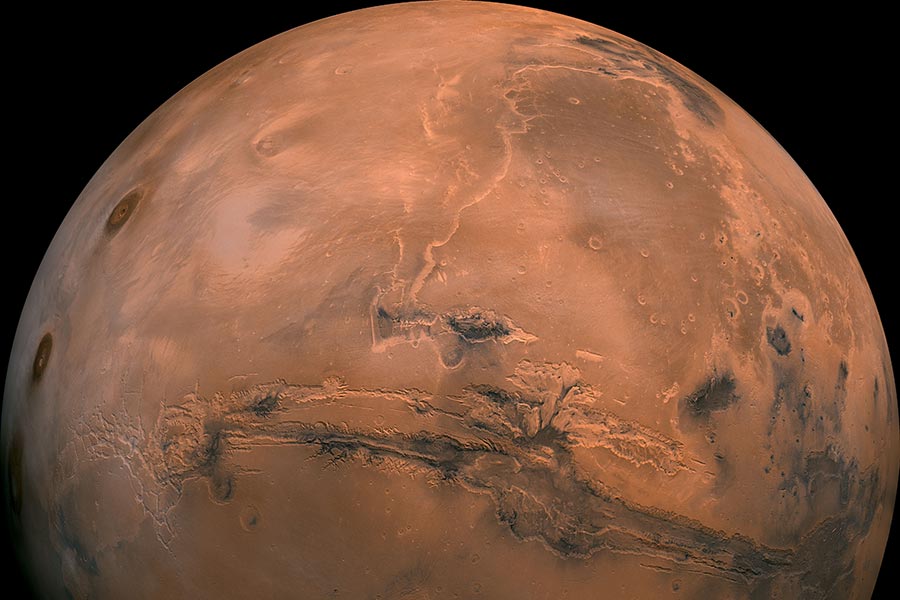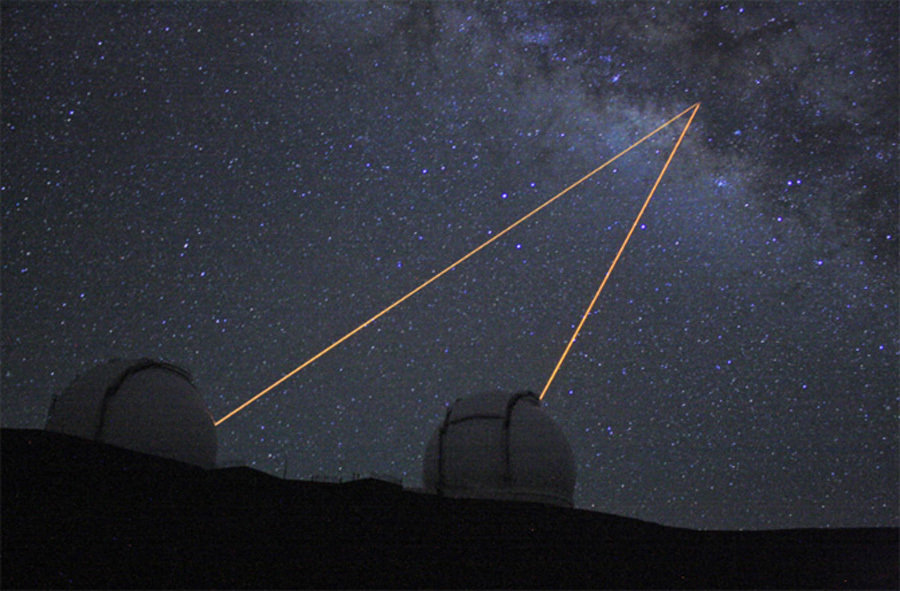
If you think back to what you were taught in high school science class, you may recall learning that light always travels at a constant speed of 186,282 miles per second (mi/sec). But modern physicists have come to a much different conclusion, observing that the speed of light may actually be somewhat variable depending on the physical conditions through which it's traveling.
Back in 2013, researchers publishing two respective hypotheses in European Physics Journal D posited that the speed of light more than likely fluctuates depending on how elementary particles in space are interacting with radiation conditions at any given time.
Rather than exist as an empty vacuum, both papers essentially concluded, space is actually a very dynamic environment – which means that the light traveling through it is also inherently dynamic in terms of its velocity.
Marcel Urban from Paris-Sud University in France, the lead author of one of the studies, challenged the idea of the cosmic vacuum, also known as "empty space." He found that the alleged vacuum that many assume exists in space is actually not a vacuum at all, and is filled with all sorts of fundamental particles, including quarks, or "virtual" particles.
These particles, which also exist alongside their anti-particle counterparts, are constantly appearing, colliding, and annihilating each other – in turn acting as obstacles and barriers to light as it travels through space.
"Urban and his colleagues propose that the energies of these particles – specifically the amount of charge they carry – affect the speed of light," Live Science reported at the time. "Since the amount of energy a particle will have at the time a photon hits it will be essentially random, the effect on how fast photons move should vary, too."
"As such, the amount of time the light takes to cross a given distance should vary as the square root of that distance, though the effect would be very tiny – on the order of 0.05 femtoseconds for every square meter of vacuum," the report went on to say further, adding that a femtosecond "is a millionth of a billionth of a second" – which isn't all that much, really.
For more groundbreaking news about light and space, be sure to check out Space.news.
Different "shaped" light travels at different speeds, later research found
But it is enough to debunk the popular theory that light travels at a constant speed, which was again challenged in 2015 by researchers who conducted their own experiments on light and came to similar conclusions that light speed is variable?
Robert Boyd, an optical physicist at the University of Rochester in New York, and his colleagues manipulated the structure of light pulses inside a laboratory, which resulted in the speed of these light pulses decreasing – even in vacuum conditions.
In essence, what they concluded is that the speed at which light supposedly travels, at least according to science textbooks, is more of an upper limit as opposed to a fixed number.
"It's very impressive work," Boyd is quoted as saying about his findings. "It's the sort of thing that's so obvious, you wonder why you didn't think of it first."
Similar experiments conducted by optical physicist Miles Padgett from the University of Glasgow in the United Kingdom further demonstrated the variable nature of light. When testing the speed of racing photons that were identical in every way except for their structure, Padgett and his team observed that the structured light arrived later than the non-structured light.
"I'm not surprised the effect exists," Boyd added about this discovery. "But it's surprising that the effect is so large and robust."
Status quo thinking about the speed of light is incorrect
Building upon this earlier research, NASA scientists involved with work on the International Space Station (ISS) recently decided to put an atomic clock on this well-known space vessel to gauge the speed of light in a controlled space environment.
Louise Riofrio, who led this research, analyzed laser beams bouncing off of reflectors placed by astronauts on the moon, which appeared to show that the moon was moving too fast. But after comparing her findings to similar experiments conducted on earth, she actually came to the opposite conclusion that the moon was moving more slowly than she thought.
The conclusion Riofrio ultimately came to is that "the speed of laser light slowing had caused the moon to appear to be moving faster." In other words, the fixed speed theory of light, as applied to Riofrio's laser beam analysis, was once again shown to be inadequate because status quo thinking about the speed of light is incorrect.
"One thing this says is that we can certainly move forward in time and that we can also change the rate we move forward in time," Riofrio is quoted as saying. "As far as moving backwards in time, if that's ever possible, no equations like this will ever find out that."
Sources for this article include:
Please contact us for more information.















